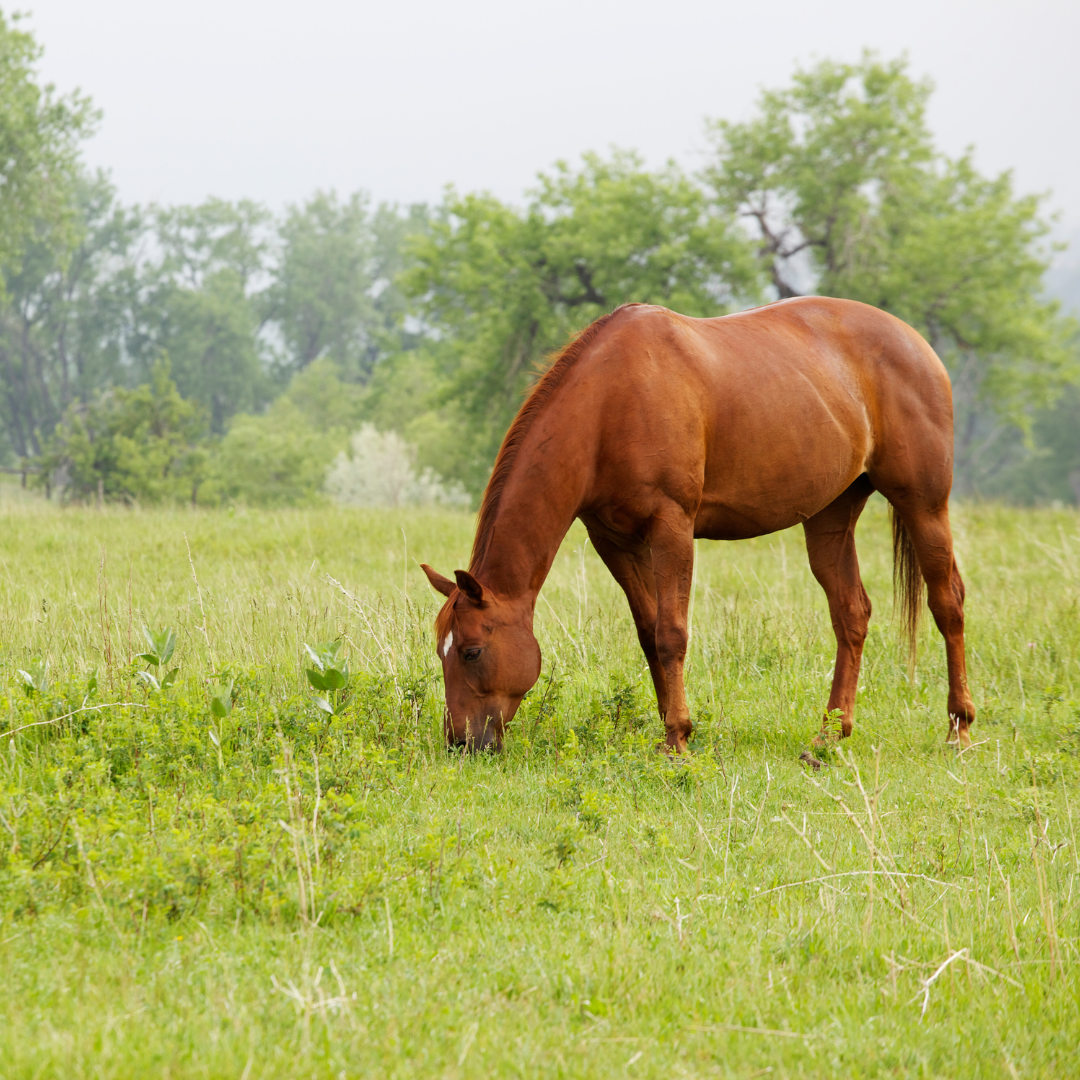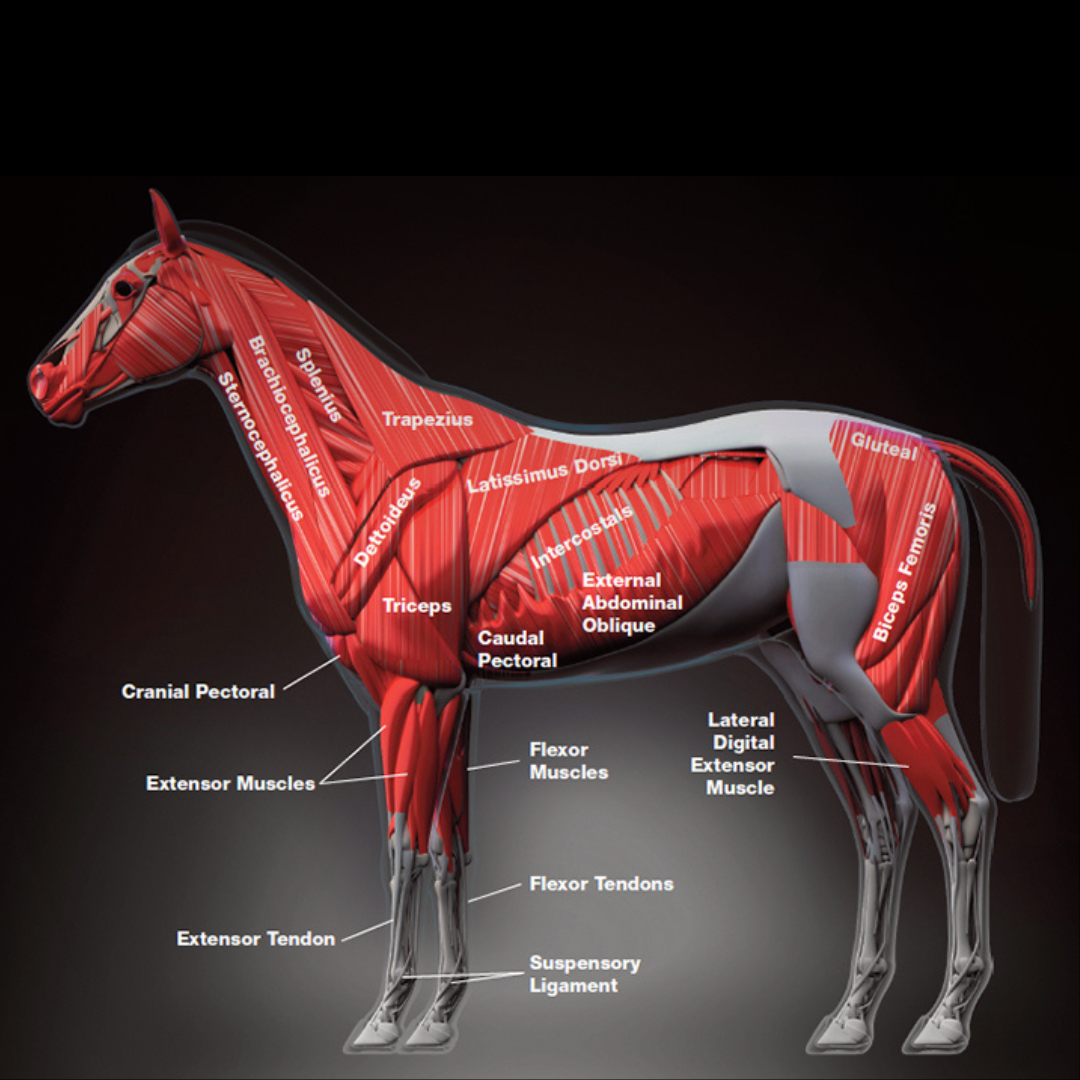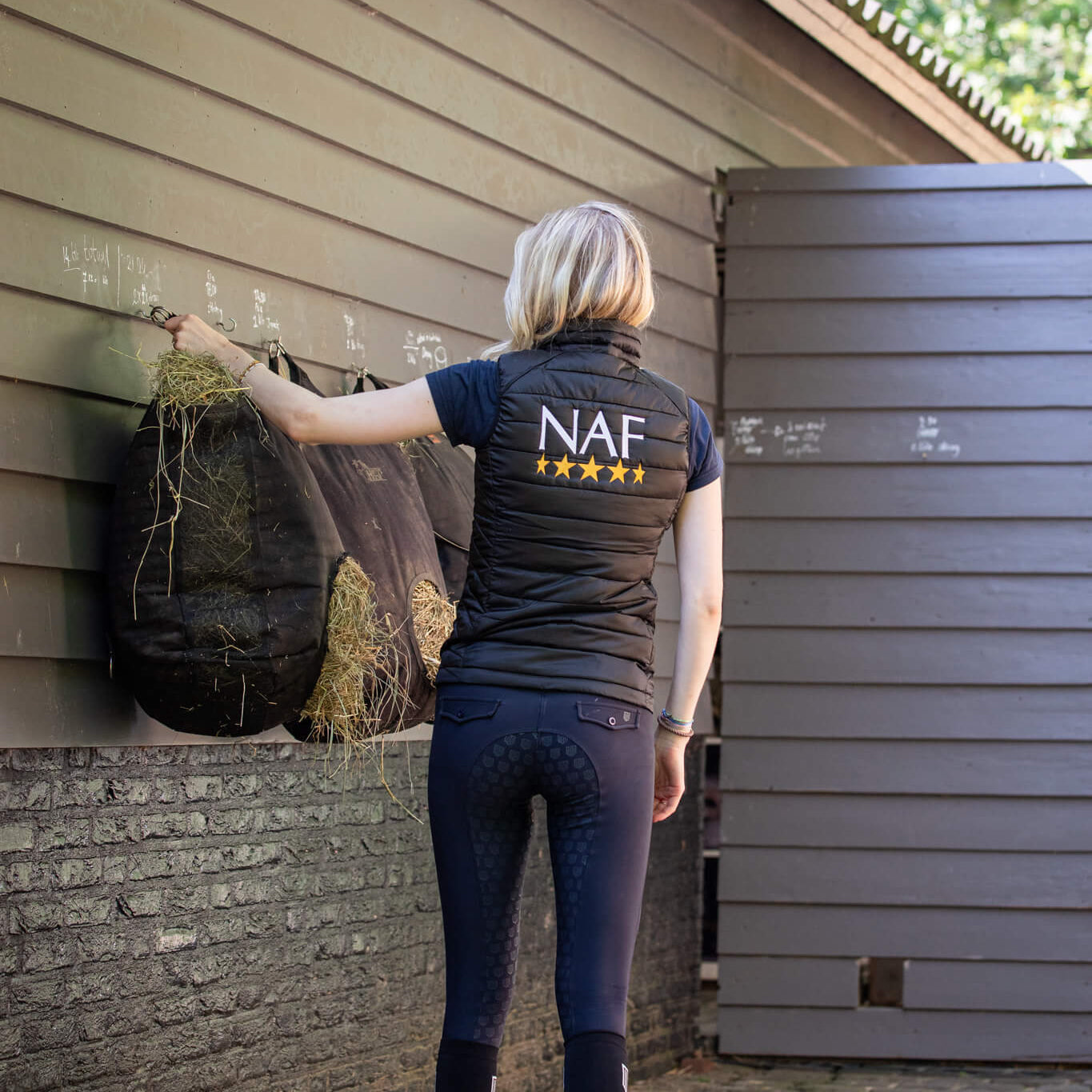Understanding the super-antioxidants for muscle health and more.
Vitamin E is one of those nutrients that is central to your, and your horse’s, health and wellbeing. It is termed an ‘essential’ vitamin, as the horse cannot manufacture vitamin E themselves, and therefore it must be provided by their diet. First discovered in 1922, through a link to childbirth and reproduction, its known roles are now far more wide-ranging then reproduction alone.
Roles of Vitamin E
Antioxidant protection - One of the most important antioxidants, vitamin E neutralizes free radical toxins produced in every cell during metabolism, exercise and stress.
Muscle function - Crucial to healthy muscle function and repair, vitamin E’s role in muscle stress such as rhabdomyolysis, PSSM and MFM is well-known and increasingly recognised as vital to their management.
Nerve function - Low vitamin E is recognised in many nerve related condition of horses, such as EDM (Equine degenerative myeloencephalopathy) and EMND (Equine motor neurone disease).
Reproduction - Vitamin E supports cell wall integrity, and is particularly known in both the stallion and mare for those cell walls of reproduction, such as semen and the ovum.
Immune system support - As an antioxidant and cell wall protector, vitamin E has a central role in immunity, general health and the body’s defences.
Did you know - Not all Vitamin Es are the same?
Natural vs Synthetic
The form of vitamin E found in nature has the scientific name of RRR-alpha-tocopherol, with the ‘RRR’ referring to its chemical structure. Sometimes also known as d-alpha-tocopherol, ‘natural vitamin E’ (RRR) is by far the most effective, with the greatest bioavailability in the horse.
More commonly found in general diets is ‘synthetic vitamin e’, also known as all-rac-alpha-tocopherol or sometimes just alpha-tocopherol. The synthetic is a blend of eight different types, which includes the natural RRR form. However, the natural is only an eighth of the overall blend, and therefore it has much lower bioavailability and efficacy.
The synthetic is a practical, economical way to supplement vitamin E for general health or balancing the diet. If you see simply ‘Vitamin E’ on a feed or supplement it is likely to be the synthetic. However, research finds where strong antioxidant responses are required, i.e. any disease or physiological stress condition, we really need to be supplementing with the natural form.


Dietary sources and why your horse might be deficient.
Naturally your horse will get that beneficial RRR, ‘natural’ form from their diet through fresh growing grass. Fresh grass is a good source of vitamin E, and can meet the need for many horses when they have access to it. However, there are reasons why your horse’s diet may be deficient.
Preserved forage
Once grass is preserved to hay or haylage the level of vitamin E drops markedly to almost none. Therefore, particularly over winter or for horses with limited turnout, additional vitamin E may be necessary.
Performance horses
- Hard working horses may have a couple of reasons for additional vitamin E. Firstly they typically rely on preserved forage for a lot of the time, either due to stabling or travelling. Therefore they won’t be getting so much from their diet.
- Secondly increased exercise increases free radical production in the muscles, and therefore they have a greater requirement for antioxidants in their diet.
Illness or recovery
Any horse needing to recover will have an increased requirement for antioxidants to help neutralise those free radical toxins. This may be short-term due to an acute illness, or long-term for a chronic condition such as one of the muscle conditions.
Veterinary Advice
In recent years, vets and academic researchers have become increasingly aware of those areas where targeted powerful antioxidants are beneficial. For the following conditions we could expect your vet to be advising natural vitamin E – and it is important that it is the natural used in these situations.
Muscle Stress
- RER - Recurrent Exertional Rhabdomyolysis
- PSSM Type I - Polysaccharide Storage Myopathy Type I
- PSSM Type II - Polysaccharide Storage Myopathy Type II
- MFM - Myofibrillar Myopathy
You should expect to be supplementing with a minimum of 3000i.u per day for muscle stress in horses, and possibly up to 10,000i.u. under veterinary advice.
See our Muscle Disease blog for more information on these conditions.
Neurological
- EDM Equine degenerative myelcoencephalopathy
- eNAD Equine neuroaxonal dystrophy (early EDM caused by low vitamin E)
- EMND Equine motor neurone disease
- Wobbler syndrome
Other Super-Antioxidants
Like all things in nature and nutrition, natural vitamin E works best when partnered with other powerful antioxidants. Principle amongst these is SOD (Superoxide Dismutase), the body’s primary antioxidant. Until recently it was very difficult to feed SOD, but a natural source found in a specific melon extract has made this powerful antioxidant much more available.
Organic selenium is also a useful addition, as it works alongside SOD and natural vitamin E within cells to ensure the beneficial pathways are enabled, and production of free radical toxins are minimised.
Summary
Whilst the standard, synthetic, vitamin E will continue to be a staple in our horse’s diets in terms of meeting basic dietary needs; when we know they need that extra powerful support we should be providing more powerful antioxidants from natural vitamin E and SOD.
Selected References
- Barbé F., Sacy A., Bonhommet P., Chevaux E. 2014a. Effect of antioxidant supplementation to horses on muscle integrity and resistance to training. 65th EAAP annual meeting (Denmark)
- Brown JC, Valberg SJ, Hogg M, Finno CJ. Effects of feeding two RRR-α-tocopherol formulations on serum, cerebrospinal fluid and muscle α-tocopherol concentrations in horses with subclinical vitamin E deficiency. Equine Vet J. 2017 Nov;49(6):753-758.
- Fagan MM, Harris P, Adams A, Pazdro R, Krotky A, Call J, Duberstein KJ. Form of Vitamin E Supplementation Affects Oxidative and Inflammatory Response in Exercising Horses. J Equine Vet Sci. 2020 Aug;91:103103.
- Fagan M, Pazdro R, Call J, Abrams A, Krotky A, Harris P, Duberstein K. PSV-16 Assessment of oxidative stress and muscle damage in exercising horses in response to level and form of vitamin E. J Anim Sci. 2018 Dec;96(Suppl 3):47–8.
- Lindinger M., MacNicol J., Karrowb N., Pearson W. 2017. Effects of a novel dietary supplement on indices of muscle injury and articular GAG release in horses. Journal of Equine Veterinary Science, 48: 52-60
Written by: Kate Hore, Head Nutritionist. RNutr (Animal), R.Anim.Technol (Cert), BSc(Hons). – Find out more about Kate and out Technical Team HERE.



